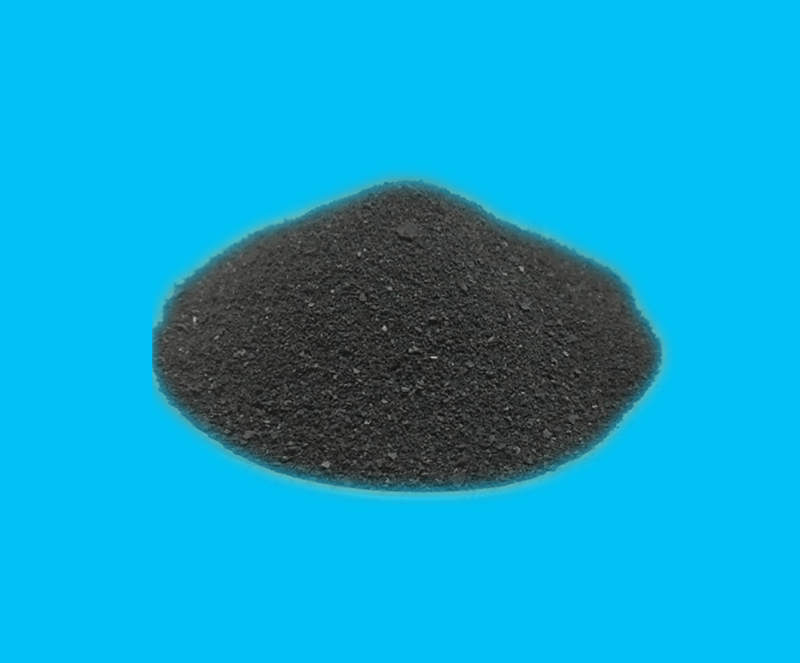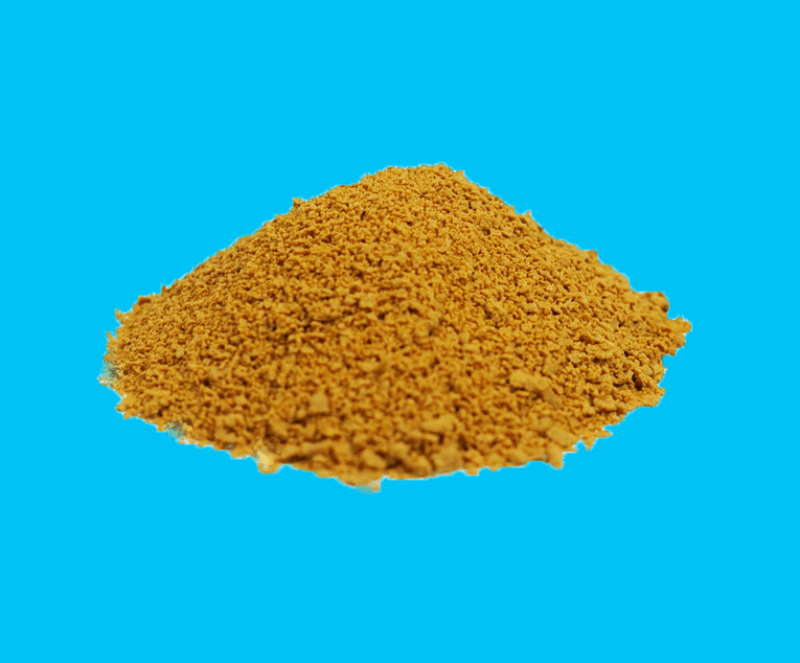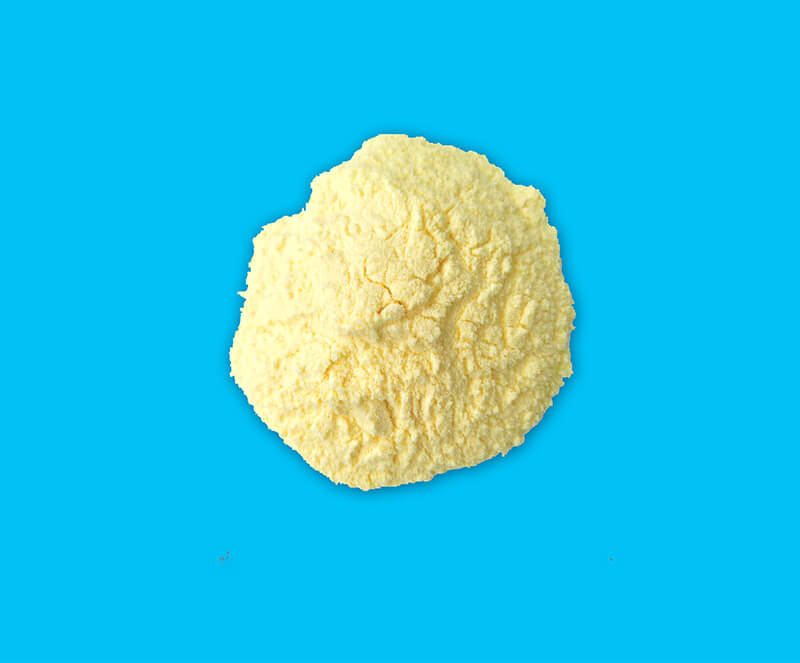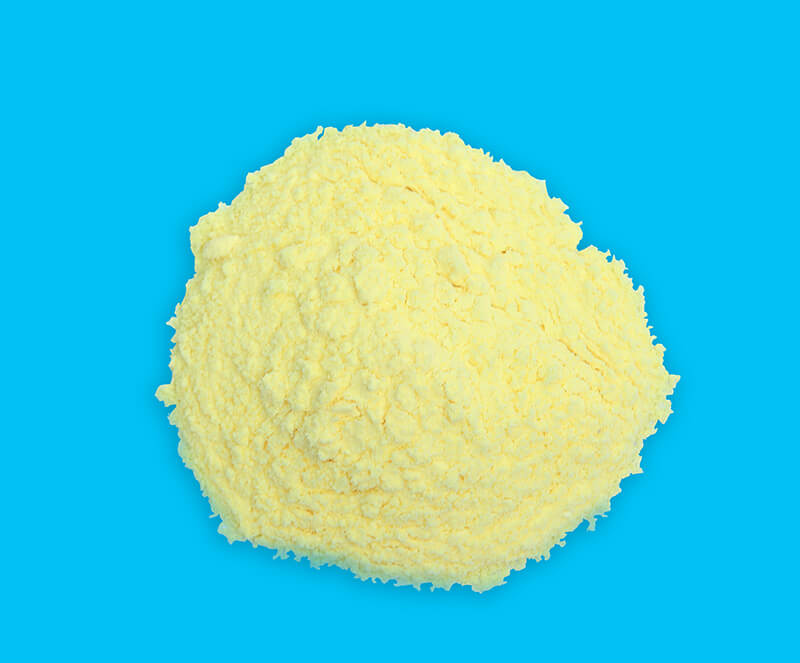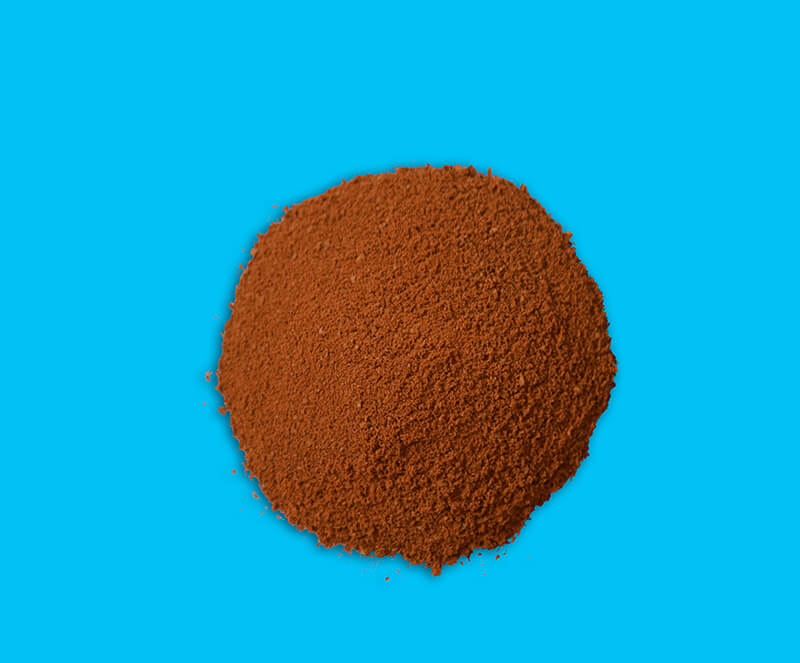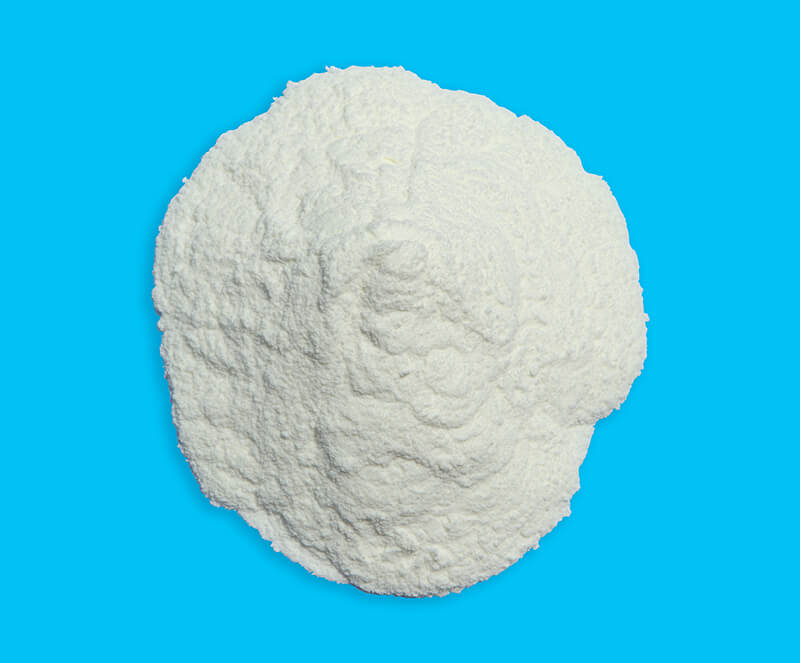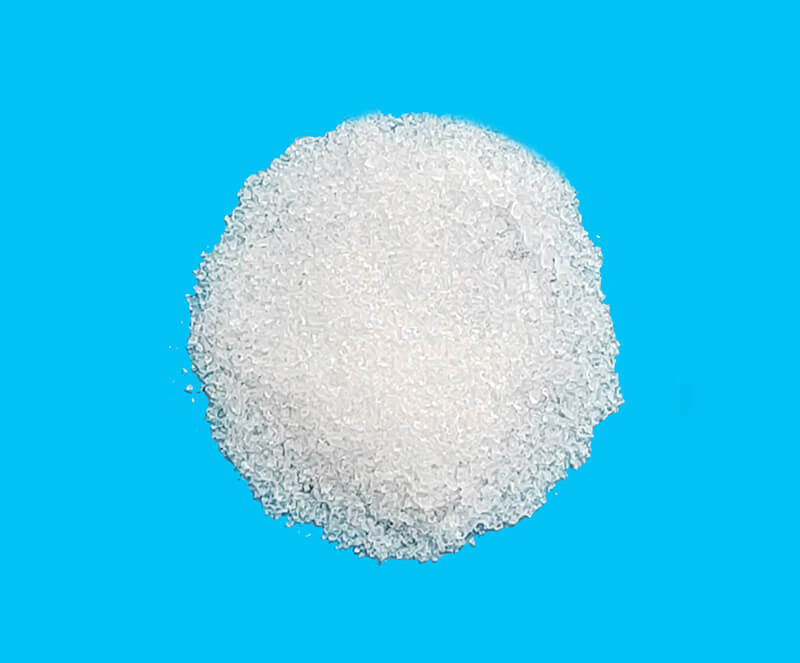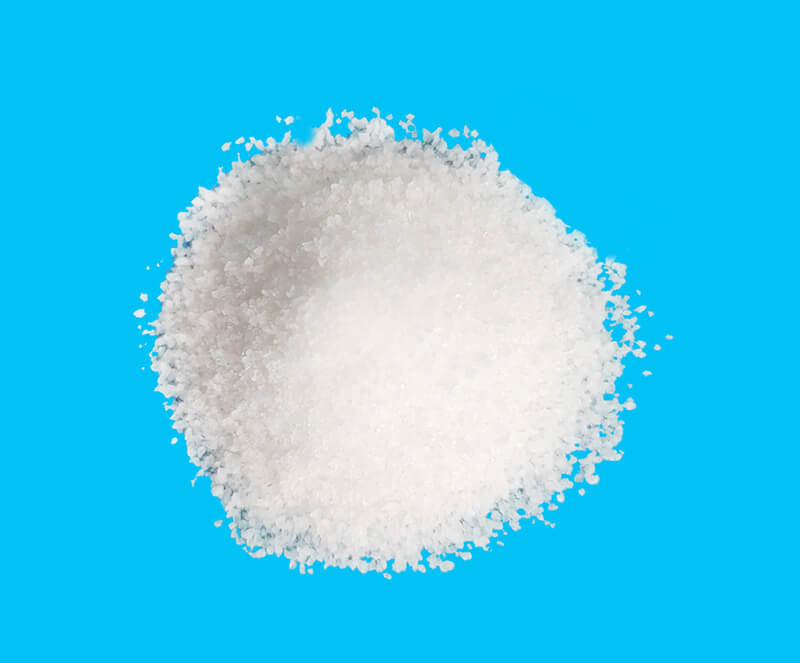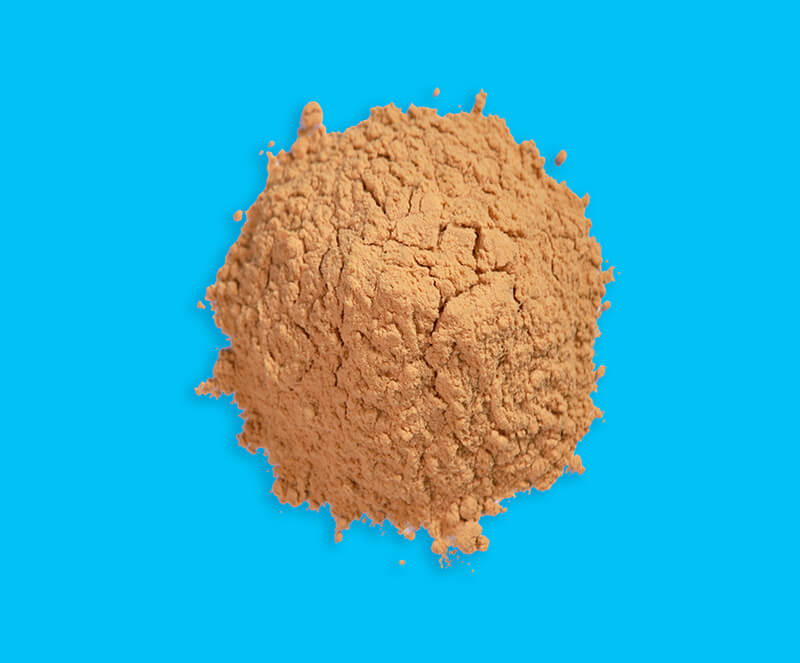Focus on Polyaluminum chloride
PAC (Polyaluminum chloride)
It is the most used Aluminum salt flocculant product and has a good effect on the water with high turbidity, low turbidity, high chroma, and ground temperature. Most sewage plants in the world use poly aluminum chloride as a flocculant.
- Black Polyaluminum Chloride(PAC-BAC28)shawnwt2022-05-17T15:04:51+08:00
Black Polyaluminum Chloride(PAC-BAC28)
- Yellow Polyaluminum Chloride(PAC-Y25)shawnwt2022-05-17T11:10:14+08:00
Yellow Polyaluminum Chloride(PAC-Y25)
- Light Yellow Polyaluminum Chloride(PAC-LY30)shawnwt2022-05-17T11:13:11+08:00
Light Yellow Polyaluminum Chloride(PAC-LY30)
- Pale-yellow Polyaluminum Chloride(PAC-PY28)shawnwt2022-05-17T11:14:20+08:00
Pale-yellow Polyaluminum Chloride(PAC-PY28)
- Brown Polyaluminum Chloride(PAC-B20)shawnwt2022-05-17T11:15:47+08:00
Brown Polyaluminum Chloride(PAC-B20)
- White Polyaluminum Chloride(PAC-W29)shawnwt2022-05-17T11:20:12+08:00
White Polyaluminum Chloride(PAC-W29)
About Our Polyaluminum Chloride
Other water treatment chemicals
The use of polyaluminum chloride in combination with some other water treatment chemicals can significantly improve the effectiveness of water treatment, thereby reducing the cost of water treatment and achieving the best water treatment effect.
For example:
-
The use of polyaluminum chloride and poly ferric sulfate together (not directly mixed-use) can improve the removal of phosphorus from wastewater.
-
Using polyaluminum chloride and polyacrylamide together (not directly mixed-use) can improve the flocculation effect and achieve higher efficiency in wastewater treatment.
-
Polyaluminum chloride has a poor removal effect of ammonia nitrogen in wastewater. Adding sodium acetate to the biochemical tank improves the activity of bacteria and indirectly realizes the removal of ammonia nitrogen in wastewater.
Sign up to our Newsletter
(We do not share your data with anybody, and only use it for its intended purpose)

